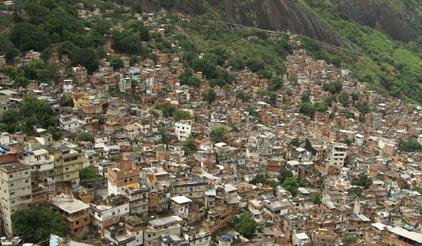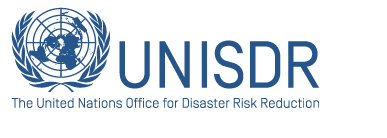 |
|
| |
RISK AND POVERTY REDUCTION IN THE AMERICAS
|

|
|
By Richard Waddington
GUAYAQUIL, 29 May 2014 - Ecuador is using policies of poverty reduction to limit the vulnerability of populations to natural hazards and disasters, the 4th Session of the Americas Platform for Disaster Risk Reduction heard yesterday in a wide-ranging discussion on the links between poverty and disasters.
Deputy Social Sector Coordinating Minister of Ecuador Etzon Romo said key areas of focus are education and health, and progress is being measured through increased access to public health services and schooling, which helps reducing social vulnerability.
“The politics of prevention must be based on economic equity because it is the poor who are most vulnerable and who suffer most from disasters,” observed José Corral, Mayor of Santa Fe, Argentina.
|
“There is a clear connection between vulnerability and poverty. Poverty is as much a cause as a consequence of disaster,” said Indu John-Abraham, World Bank representative in Ecuador. But natural disasters can also offer an opportunity, she added. The reconstruction required is a chance to promote economic development and to ensure that safe environmental practices are adopted.
The fact that disasters can also offer opportunity is the reason why people often readily expose themselves to them, noted Allan Lavell of the Latin American Social Sciences Institute (FLACSO).
Alfonso Múnera, Secretary General, Association of Caribbean States, said that the concept of vulnerability has changed. No longer is it defined simply in terms of physical exposure; it has been widened to include social and economic elements.
The problem in Latin America and the Caribbean is that there are huge economic disparities. One person in three is classified as poor and one in eight cannot afford to feed themselves properly. The problem also has a gender dimension. Women are far more likely to be unemployed or to earn low salaries, which increases the vulnerability of their families when they are the breadwinners, Mr. Múnera added.
Urban growth in Latin America has been fast and disorganized. The cities have become increasingly exposed to disasters, which inevitably hit the poor hardest, he said. New development projects, such as tourism in the historic centre of the Colombian city of Cartagena, have uprooted the poor and driven them to the outskirts, with little infrastructure and support.
Juan Hoffmaister, Co-chair UN Adaptation Committee, set up as part of the UN Framework Convention on Climate Change, called for strengthening coordination between the institutions working on climate change, sustainable development and disaster reduction. “They cannot work in isolation, as separate ‘silos’” he said.
In Mexico construction projects must carry out risk assessments and analyses, Finance Ministry official Salvador Pérez noted. He also outlined the various state funds that the government uses to promote disaster prevention and response, as well as its use of financial instruments to allay the costs of disaster response programmes.
Rudranath Indarsingh, Minister of State at the Ministry of Finance and the Economy of Trinidad and Tobago, highlighted the special challenges faced by small island states.
“In the Caribbean, we cannot eliminate natural disasters, so we have to work to reduce the impact of devastating events and enhance the resilience of the population,” he said.
The Minister cited a number of projects that have helped reduce potential exposure to environmental threats. These include a scheme to improve the coastal defences of Barbados using old tyres to create retaining walls.
The conference in Guayaquil will help shape a new global framework for disaster risk reduction, which will be adopted at the Third UN World Conference on Disaster Risk Reduction in Sendai, Japan, next March, to replace the existing Hyogo Framework for Action (HFA).
- Date:
- 29 May 2014
- Sources:
-
- United Nations Office for Disaster Risk Reduction – Regional Office for the Americas (UNISDR AM)
Related Links
Keywords
- Themes:
- Economics of DRR, Vulnerable Populations
- Regions:
- Americas
|
|
|




